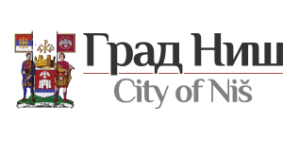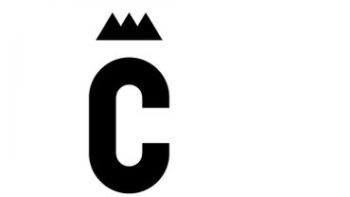Exploring barriers and levers to decarbonise heating and cooling systems
Looking back at one year of experience sharing
Throughout 2021, Energy Cities organised learning labs with ten cities on the topic of fossil-free districts and cities, with the support of the European Climate Foundation. The cities were selected through a call for interest, and were then divided into three groups, according to geographical areas:
- Charleroi, Liège (Belgium), Annecy, Communauté d’agglomération Pau Béarn Pyrénées (France) in North West Europe
- Kartuzy, Łódź (Poland) and Niš (Republic of Serbia) in Eastern Europe
- Karlovac, Varaždin (Croatia) and San Lucido (Italy) in the Mediterranean area
The concept of learning labs
The composition of the groups remained limited on purpose, to favour discussion, peer learning and a better knowledge of each other. Each group met three times in the year. The first session was focusing on better understanding the current situation in each city on the topic of heating and cooling decarbonisation, as well as their expectations from the labs. Following this, main topics of interest stood out and defined the content of the next labs. Overall, each group had the opportunity to learn and share about:
- Heat planning and mapping, through the presentation of tools and examples from European projects, such as Decarb City Pipes 2050, Hotmaps and Cities4PEDs.
- The European Fit-for-55 package and its impact on heating and cooling, with a specific focus on the Energy Efficiency Directive and the Renewable Energy Directive.
- Stakeholder and citizen participation, thanks to the presentations of different projects, such as TOMORROW, or Frome Renewable Energy Co-op.
In addition, other specific topics were tackled in each group, to provide information as close to the cities’ needs as possible, such as:
- Bio-sourced materials for construction in the Northwest Europe lab
- Green bonds in the East lab
- Techno-economic considerations for technologies in the Mediterranean lab.
Beyond content: networking and a supportive community
Beyond the content, the learning labs have also been the opportunity to network, first between participating cities facing similar problems or interests, but also with different experts that we invited. We are so thankful to all cities who took the time to join us during these labs to share their actions: Bistrita (Romania), Arpajon, Bordeaux, Brest, Caen-la-Mer, Lucinges and Lyon (France), San Sebastian (Spain), and Zadar (Croatia). As no one has the solution to every problem, it is key to help each other, and the community in general to move forward. We also thank some of our partners who joined as experts (amongst others, the Polish Network Energie-Cités (PNEC), AMORCE, Forum Energii, the Kyoto Club, e-think, RES Foundation, AESS, and the Ceinture Energétique Namuroise).
These labs allowed people to inspire and motivate each other. They were an occasion to create new connections between cities and partners or simply to reconnect. It led to separate meetings to go in-depth in some topics and lay the foundations for future projects.
Key learnings
We summarised some key takeaways from these exchanges that you can download below:
- General Summary of the East Lab
- General Summary of the North West Europe Lab
- General Summary of the Mediterranean Lab
The first striking element emerging from these series of exchanges is that cities are very interested in the district heating and cooling options to decarbonise the building stock. Of course, differences can be spotted between the geographic areas, between countries of the same area, and even between cities from a same country. Some participants sent us a short video testimony of what they do and what they need to go further – if you wish to know more, have a look at the below playlist!
However, what remains a key challenge, for all of them, is the question of capacity, be it financial or human. People are needed to better map potential heat sources and district heating developments, to plan the future energy systems, ideally in a systemic approach, and engage stakeholders and citizens further in the transformation. Even though the proposal of the European Commission, in the frame of the Fit-for-55 package, is a good start (check our webinar for more information!), cities still need support. That is why Energy Cities will make capacity-building a priority in 2022.






